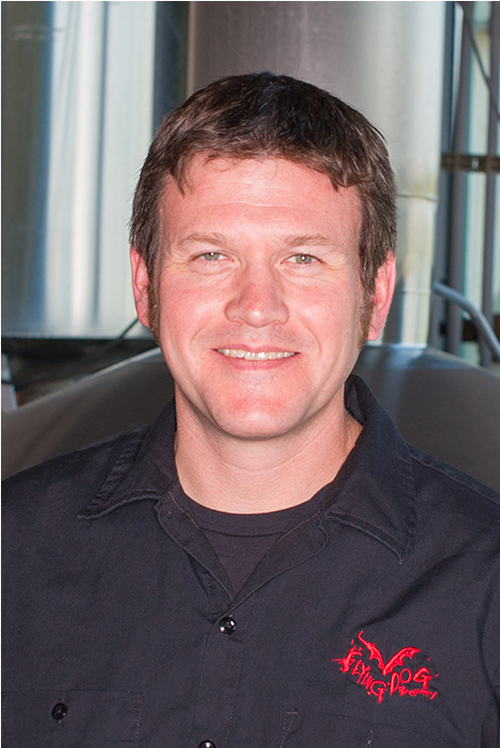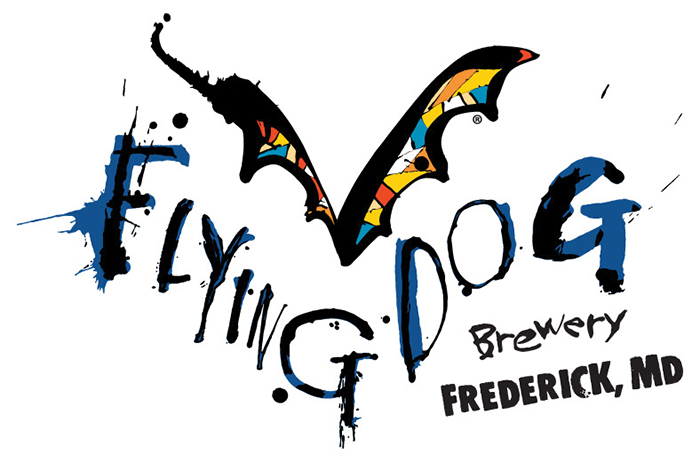Trending Articles ...
HOPS to It
New Partnership Between The University of Maryland and
Flying Dog Brewery Hopes to Grow High-Quality Hops in
The Old Line State
The vast majority of hops in North America come from the Pacific Northwest, primarily the Yakima Valley. Maryland is hoping to be the next great fertile region for these flowers, which are used inthe flavoring and production of beers and craft beers. To this end, Frederick-based Flying Dog Brewery has formed a partnership with the University of Maryland's College of Agriculture and Natural Resources to study the potential for high-quality hops grown in the Old Line State.
The partnership has launched a trial of two dozen varieties of hops planted at the Western Maryland Research and Education Center in Washington County. The first 12 varieties were planted after having been chosen from discussions with both industry and academic experts on what might perform well. The second 12 varieties were picked based on an informal poll of Maryland-based growers and brewers to establish what might be most marketable.
 Bryan Butler, extension agent for the University of Maryland and the de facto point man on this project, remarks, "I've approached this in a very critical way. I'm really only looking at this from the horticulture and test management side. I'm not going to promote something that's going to cause people harm down the road in that they invest and lose money in something just because they think it'll be cool and fun. We're in the business of providing growing information and then harvest handling information to give brewers a stable product."
Bryan Butler, extension agent for the University of Maryland and the de facto point man on this project, remarks, "I've approached this in a very critical way. I'm really only looking at this from the horticulture and test management side. I'm not going to promote something that's going to cause people harm down the road in that they invest and lose money in something just because they think it'll be cool and fun. We're in the business of providing growing information and then harvest handling information to give brewers a stable product."
 Flying Dog COO Matt Brophy agreed, adding, "The last thing I want to do is create an environment where people think they can just go and plant hops, grow hops, and then process hops and have them of high enough quality to where brewers will want to use them. We really need to educate and prevent an irrational exuberance of small farmers saying, 'Well, I'm going to convert 10 acres to hops, because there are brewers here who will buy them regardless of quality and regardless of price.' That's just not the case. It's very difficult."
Flying Dog COO Matt Brophy agreed, adding, "The last thing I want to do is create an environment where people think they can just go and plant hops, grow hops, and then process hops and have them of high enough quality to where brewers will want to use them. We really need to educate and prevent an irrational exuberance of small farmers saying, 'Well, I'm going to convert 10 acres to hops, because there are brewers here who will buy them regardless of quality and regardless of price.' That's just not the case. It's very difficult."
Brophy continued, "What I like about Bryan is that he's taking a practical approach. It's very scientific what he is doing, and he wants to really figure out what are the best practices for growing hops in Maryland and what the sustainability and growth capabilities are."
The overall trial will collect data on how Maryland's unique climate affects everything from harvest dates to levels of acid and oils in the hops and much more. Flying Dog is providing the equipment and funding a significant portion of the research project.
Optimism is running high, especially with such farmers as Black Locust Hops in northern Baltimore County and Pleasant Valley Hops in Rohrersville reporting some good results in recent years. Among the varieties of hops that have best responded to Maryland's climate so far are Cascade and Chinook. The partnership's objective is to determine if there are more, which are critical for the continued production of such increasingly popular types as India Pale Ales in the state.
Brophy stated, "I think we will come out of this knowing that there are a handful of varieties that will do very well in this climate, and it may end there. Or, we will find there are new and emerging varieties, maybe even a wild hops that's indigenous to this area. That's a bit of a long shot, but it's exciting to know there are new possibilities."
 Looking ahead, Flying Dog is eager to partner with farms in Maryland and possibly New York to do some collaborative brews. If all goes well, Flying Dog will release a limited-edition variety pack of beer dubbed the East Coast Hop Project next spring. This bundle will include at least three different styles spotlighting hops growth in the region.
Looking ahead, Flying Dog is eager to partner with farms in Maryland and possibly New York to do some collaborative brews. If all goes well, Flying Dog will release a limited-edition variety pack of beer dubbed the East Coast Hop Project next spring. This bundle will include at least three different styles spotlighting hops growth in the region.
 The partnership is being touted as a three- to five-year project so that researchers can get a few growing seasons' of results before making any official determinations. Ultimately, the goal will be to print a guide for Maryland growers and to put more growers and brewers in contact with each other.
The partnership is being touted as a three- to five-year project so that researchers can get a few growing seasons' of results before making any official determinations. Ultimately, the goal will be to print a guide for Maryland growers and to put more growers and brewers in contact with each other.
Butler concluded, "It's going to take years to get us actionable information, and I know people are chomping at the bit to get it. But we want to collect it in an analytical and reliable way. The impatience is going to be an obstacle, and it's hard to explain to some people that we have barely scratched the surface. This is a perennial crop, and it's going to take time."
Click Here to check out the entire article as it appeared in The Journal.


